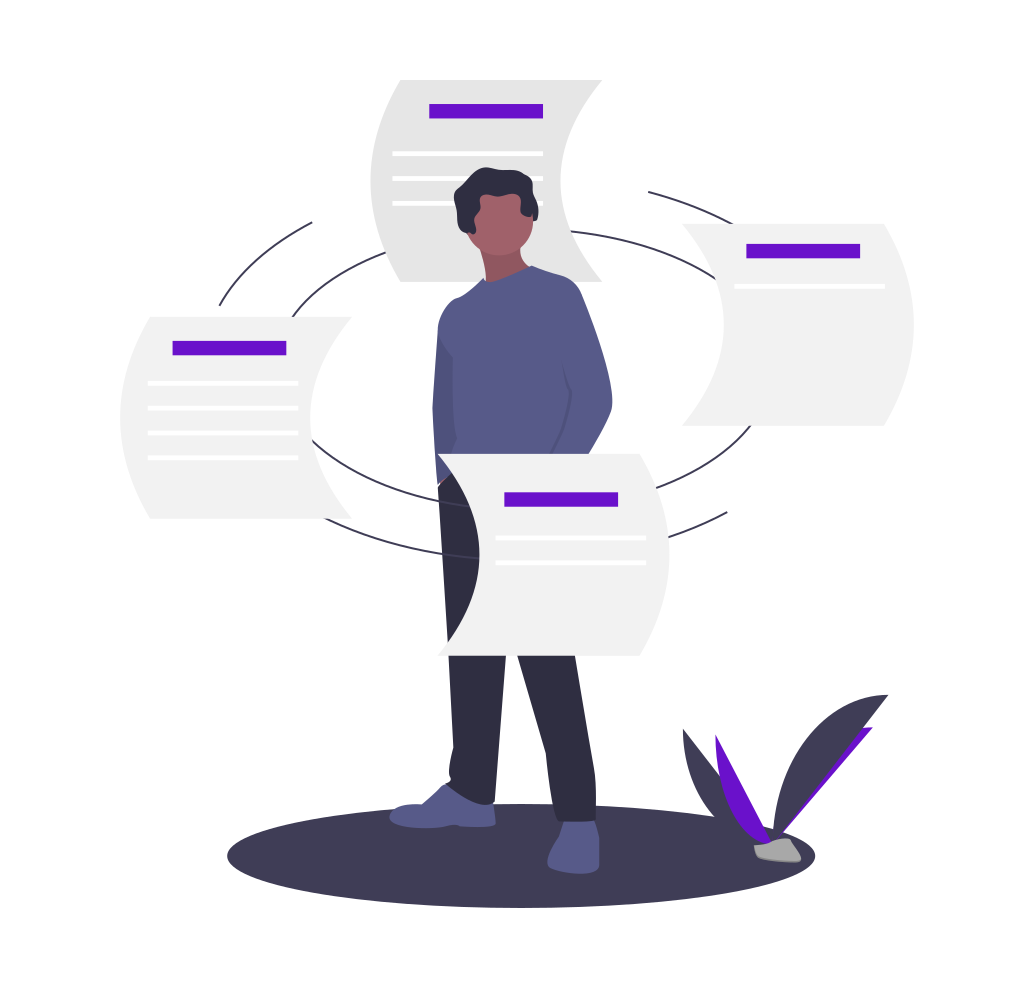In today's competitive market, personalization is key to capturing and retaining customer attention. Leveraging artificial intelligence (AI) can take your marketing strategies to the next level, enabling you to deliver tailored content and experiences at scale. This step-by-step guide will walk you through creating personalized marketing strategies with AI, ensuring you maximize engagement and drive revenue growth.
Step 1: Understand Your Audience
The foundation of any personalized marketing strategy is a deep understanding of your audience. Begin by collecting and analyzing data on your customers, including demographics, behaviors, preferences, and purchasing history. This data can be sourced from various platforms such as your website, CRM, social media channels, and analytics tools.
Step 2: Define Your Goals
Clearly defining your marketing goals is crucial for guiding your AI-powered personalization efforts. Whether you aim to increase website traffic, boost conversion rates, enhance customer loyalty, or improve overall engagement, having specific, measurable objectives will help you track progress and adjust strategies as needed.
Step 3: Choose the Right AI Tools
Selecting the appropriate AI tools is essential for implementing personalized marketing strategies. Look for solutions that offer features like:
- Natural Language Processing (NLP): For analyzing customer feedback and sentiment.
- Machine Learning (ML): To predict customer behavior and preferences.
- Data Integration: To consolidate data from various sources.
- Automation: For executing personalized campaigns efficiently.
Platforms like Abmatic AI provide comprehensive solutions that integrate these capabilities, making it easier to personalize at scale.
Step 4: Segment Your Audience
Use AI to segment your audience based on the data collected. AI can identify patterns and group customers into segments with similar characteristics and behaviors. This segmentation allows you to create targeted marketing campaigns that resonate with each group, increasing the likelihood of engagement and conversion.
Step 5: Develop Personalized Content
With your audience segmented, the next step is to develop personalized content for each group. AI-powered tools can assist in creating content that aligns with the interests and preferences of each segment. From personalized email campaigns to tailored website experiences, ensuring your content speaks directly to your audience will enhance their connection to your brand.
Step 6: Automate and Execute Campaigns
Automation is a significant advantage of AI in marketing. Once your personalized content is ready, use AI-driven automation tools to deploy your campaigns. These tools can schedule and send emails, update website content, and manage social media posts, ensuring timely and consistent communication with your audience.
Step 7: Monitor and Analyze Performance
Continuously monitoring and analyzing the performance of your personalized marketing campaigns is essential for success. AI tools can provide real-time insights and detailed analytics, allowing you to track key metrics such as open rates, click-through rates, conversion rates, and customer engagement. Use this data to identify what’s working and what needs improvement.
Step 8: Optimize and Refine Strategies
Based on the insights gained from monitoring your campaigns, optimize and refine your strategies. AI can help identify trends and suggest adjustments to improve performance. Continuously testing different approaches and iterating based on data-driven insights will ensure your personalized marketing efforts remain effective and relevant.
Step 9: Ensure Data Privacy and Compliance
Personalization relies heavily on data, making it crucial to prioritize data privacy and compliance. Ensure that your AI tools and practices adhere to relevant data protection regulations, such as GDPR or CCPA. Being transparent about data usage and providing customers with control over their data builds trust and fosters long-term relationships.
Step 10: Stay Ahead of Trends
The field of AI and marketing is constantly evolving. Stay updated with the latest trends and advancements to keep your personalized marketing strategies cutting-edge. Engage with industry news, attend webinars and conferences, and consider collaborating with AI and marketing experts to continuously enhance your approach.
Conclusion
Creating personalized marketing strategies with AI can significantly enhance your ability to engage with customers and drive revenue growth. By following this step-by-step guide, you can harness the power of AI to deliver tailored experiences that resonate with your audience, ultimately building stronger customer relationships and achieving your marketing goals.


